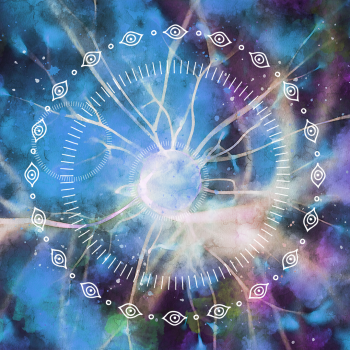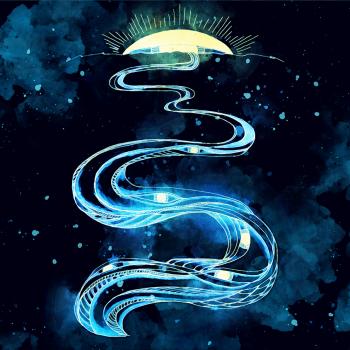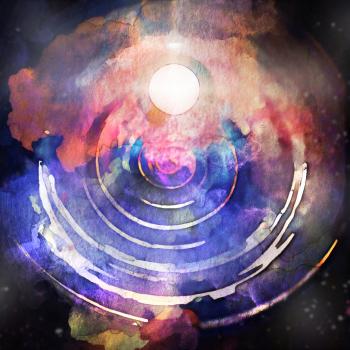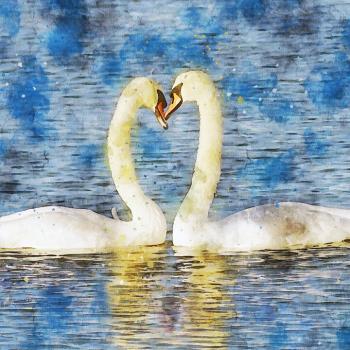Where do modern moon names come from? We’ve all seen the “Algonquin Moon Names” on social media:
- Wolf Moon
- Snow Moon
- Worm Moon
- Pink Moon
- Flower Moon
- Strawberry Moon
- Buck Moon
- Sturgeon Moon
- Harvest Moon
- Corn Moon
- Hunter Moon
- Beaver Moon
- Cold Moon
edit: I’ve adjusted Algonquin to Algonquian which is the correct spelling of the language group. Whenever Algonquin is in quotes, I’ve left the original spelling, since that is how it is portrayed on the internet. Thanks for the info, Ategnatos.
They’re not Algonquian Moon Names
I’ve been researching moon names for some years, and I’ve been working on a series of paintings and rituals based on that research here.
Part of what drove me to begin this research was the “Algonquin Moon Names” popularized on social media. Even Nasa references these names, and here’s a link to a date and time website that tries very hard to sound smart about it. However, once I began researching, it became clear that something funny was going on.
First of all, Algonquian isn’t a language. It’s a language group. So even if they had chosen a specific Algonquian language to pull the moon names from, it would be akin to saying a list of French month names was Romance Language month names and acting like everyone who speaks a Romance language (including Italian, French, Spanish, and Portuguese) used those names. It’s just not real.
More than that, I looked further and couldn’t find any particular Algonquian language that actually had the month names listed.
I’ve been collecting month and moon names from cultures all over the northern hemisphere, focusing particularly on areas that have temperate forest ecosystems, since that’s where I live and how my spirituality is rooted. There are three Algonquian language group names listed in my month name lists, two dialects of Ojibwe and Abenaki: an east coast tribe from the area around Maine and northward. None of their naming conventions line up with the modern “Algonquin” list.

Modern Moon Names Come from A Modern Source
Eventually, I discovered that the list of moon names commonly used was not Native at all. It’s from the Farmer’s Almanac. A colonialist publication you can still find in your local supermarket along with People magazine and the other tabloids. I honestly don’t have anything against the Farmer’s Almanac. It’s a publication that focuses on growing food and living close to the land. That resonates with my values. If you go to their website, you find their table of moon names, and they fully admit it’s a created list though they do name “Native American tribes” as one source.
I don’t have a problem with the Farmer’s Almanac cobbling together a list of moon names. I mean, that’s what I’m doing, too. The problem I have is how it’s being used culturally. I’ve seen news sites and weather sites all using these names and claiming they’re Algonquin. They’re just not. They are names created by a modern publication for use in selling magazines.
There is no reason we couldn’t cite the Farmer’s Almanac as the source of the moon names. It would be far more honest and I encourage anyone who sees or uses those moon names to call it like it is and let people know those are not Algonquian names.
Discovering Ancient Names and Creating New Lore
Just like we don’t have to claim that witchcraft is an ancient unbroken lineage of magic dating back to Stonehenge, we don’t need to be using a modern invention and claiming that it has Native American roots. It’s a clear case of the appropriation of culture and a really unnecessary one. We’re not even appropriating it correctly.
I’ve been researching month and moon names in order to discover connections to the land and to the seasonality of the year, in the hopes of learning more ways to connect myself to the cycles of the earth. From my research, it’s clear that there are underlying trends in names and a great deal that can be learned from ancient languages.
It’s also clear that none of those cultures are mine. They belong to the people who speak those languages, who live those lives and in those places. My culture is midwestern pagan.
However, that doesn’t mean I’m stuck. Looking at modern ecology, psychology, and ancient lore, we can create something new, that belongs to us, honestly, without appropriating from anyone else. To me, this is the best of modern paganism. The drive to re-connect to the land, the spirits, and people knowing fully that culturally we are disconnected and rooted in colonialist drives.
The acceptance of who we are and the roots of our culture (like a 1930’s farmers publication) can be powerful. Rather than pretending we’re something we’re not, we can start moving toward who we want to be.
If you’d like to know more about my research into moon names and lore, as well as my own journey to create moon names that are based on ancient lore and modern tradition, feel free to join my Patreon, as I’m starting a new monthly series on the topic. I will be listing all the moon/month names I’ve gathered, from specific languages, including Germanic, Celtic, Ojibwe, Abenaki, Slavic and Baltic languages. I also will be talking about the ecological significance of the time, the reasons I chose certain symbols for the paintings I’m working on, and rituals and spells that connect to the names and symbols I’m developing.
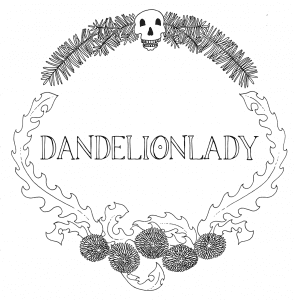
Connect with me







